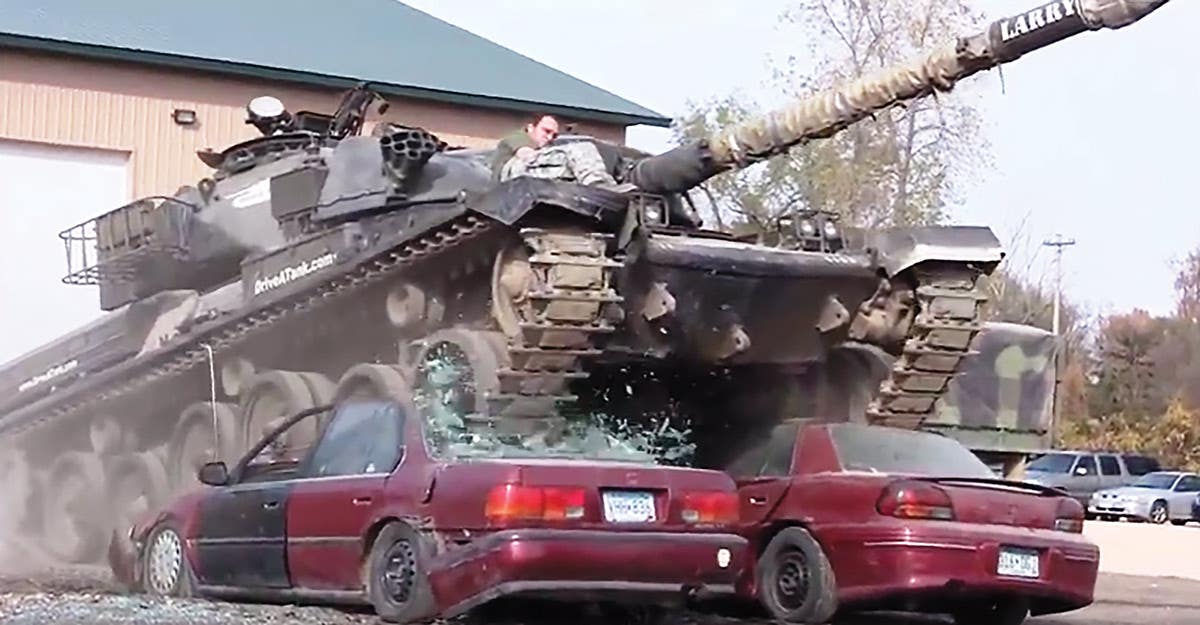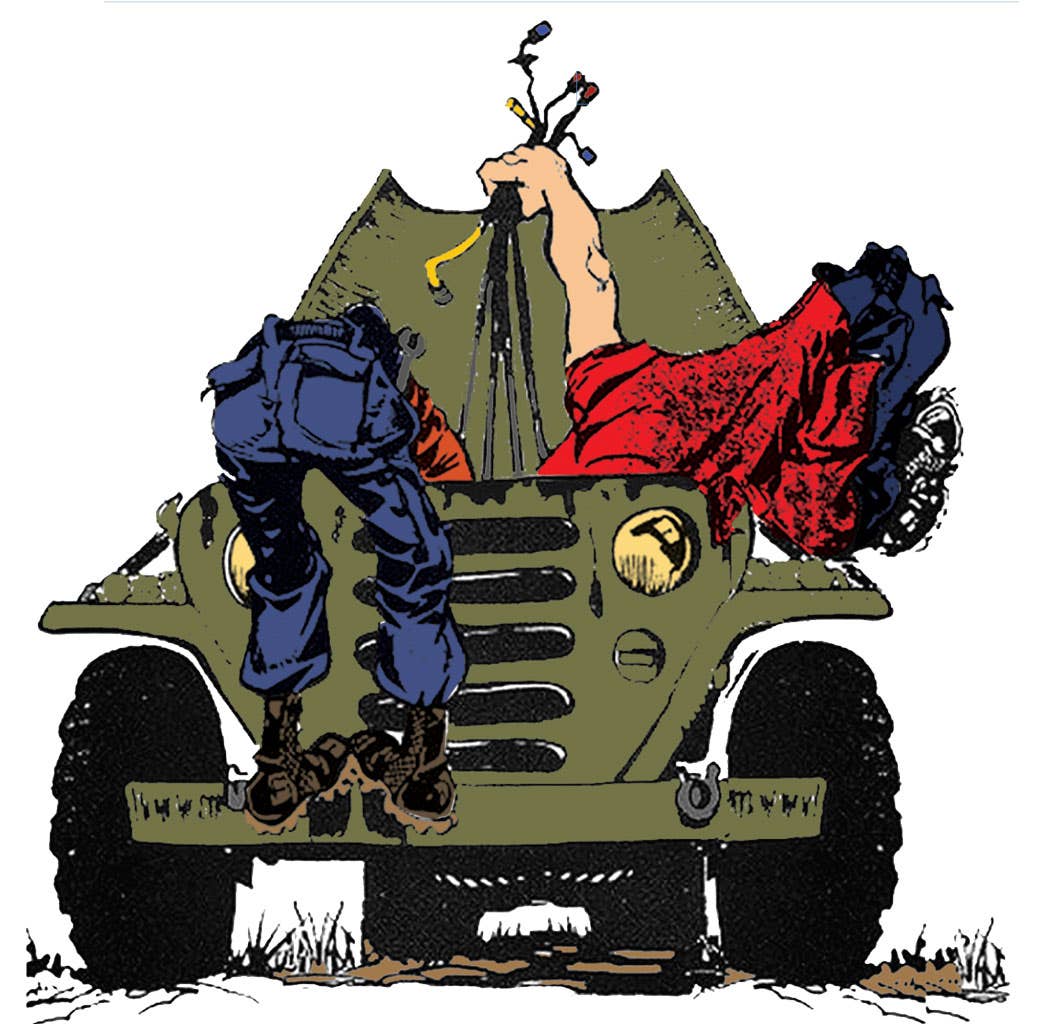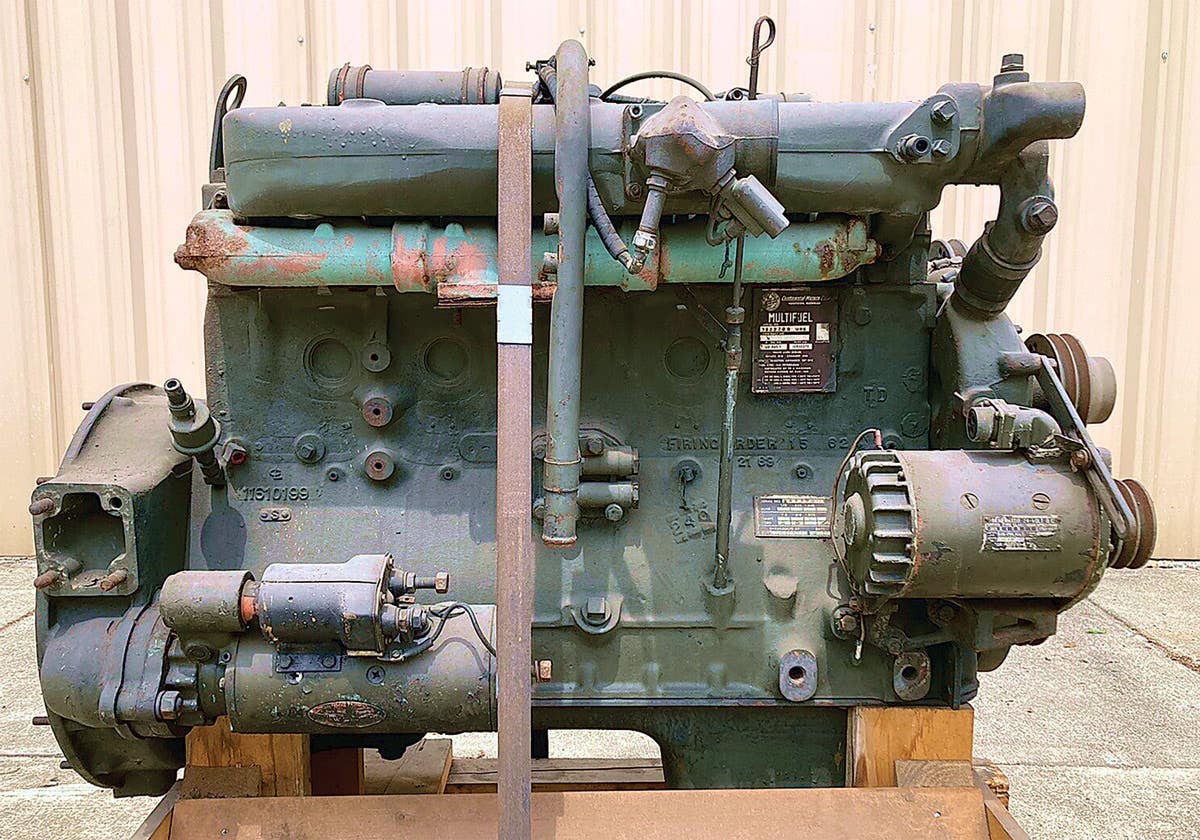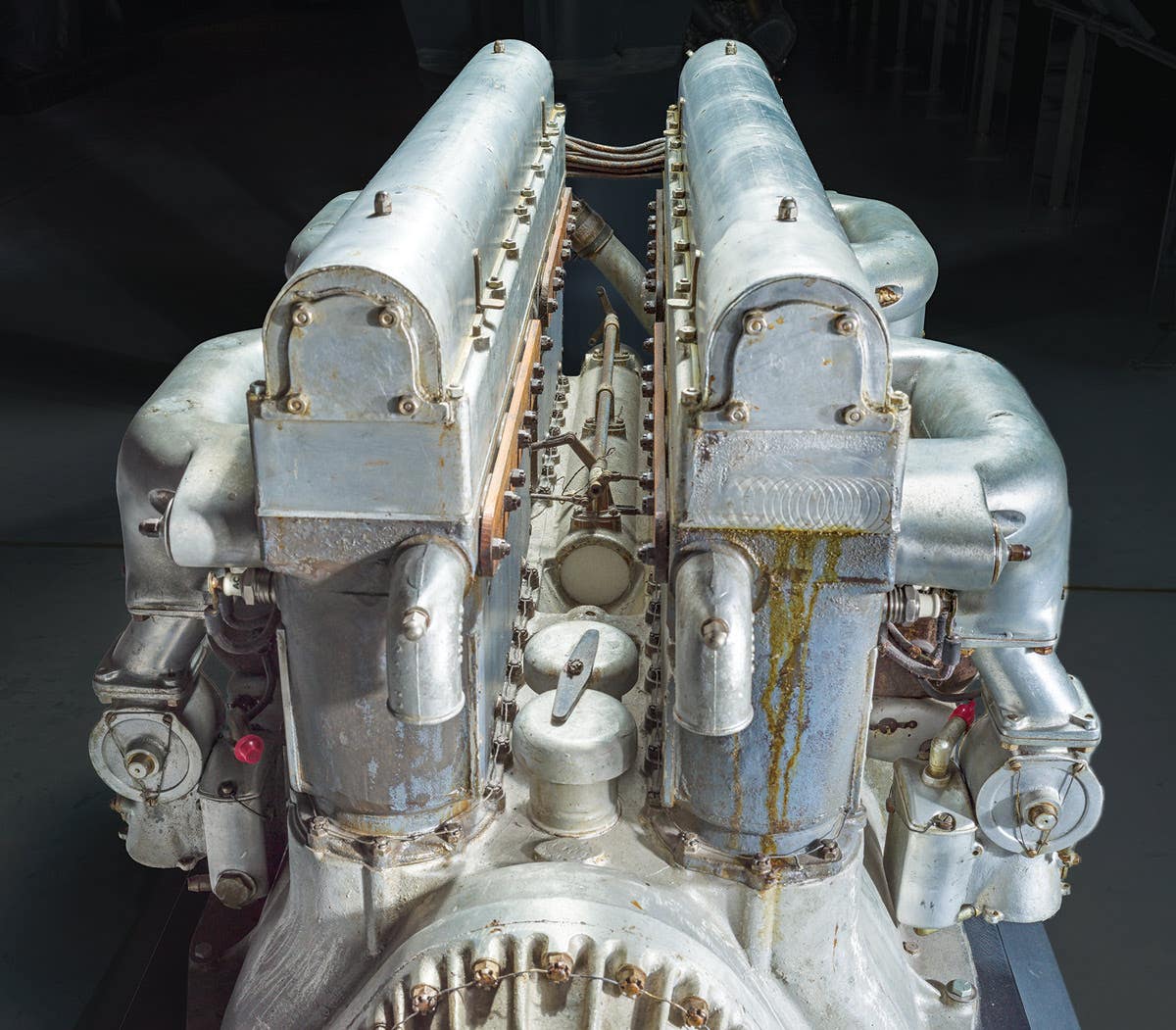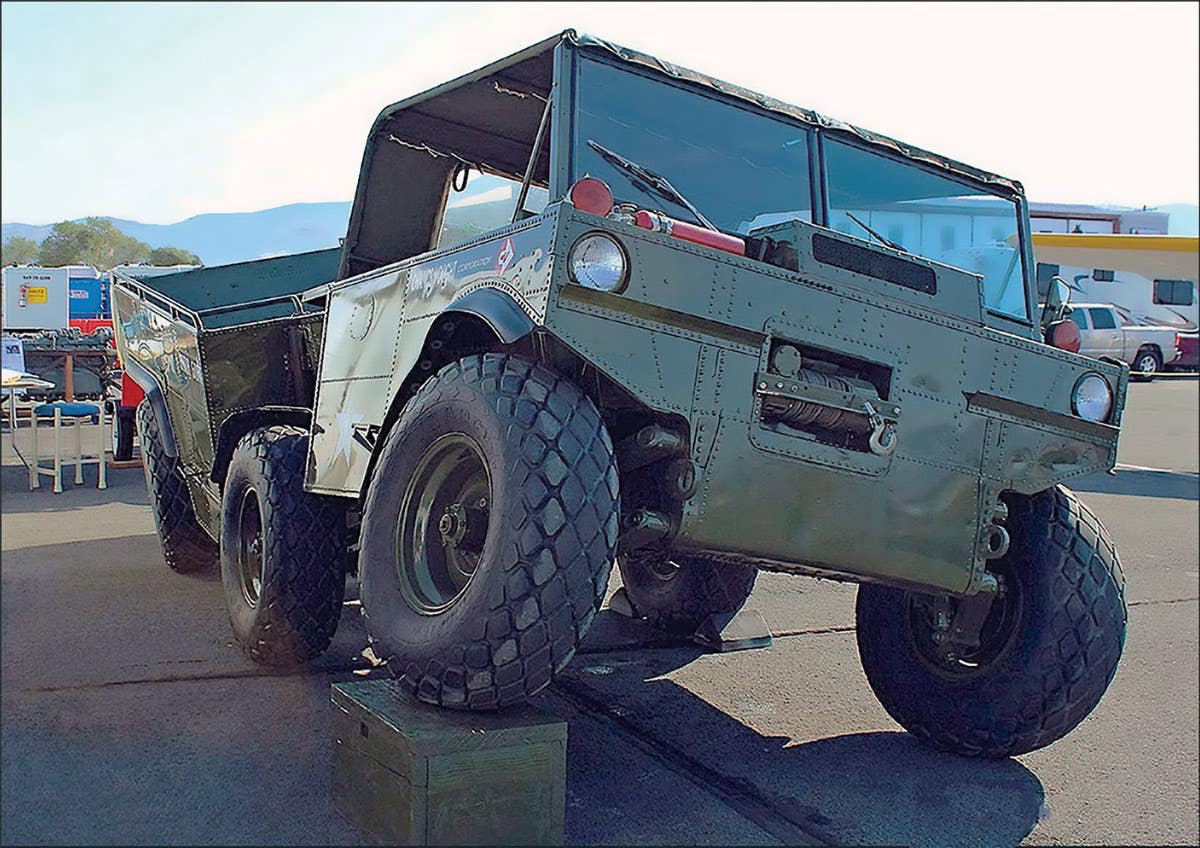One of largest gatherings of B-25s arrives today in Ohio for weekend Doolittle Raiders reunion, memorial
20 aircraft from around the nation scheduled to land
April 15, 2010
View looking aft from the island of USS Hornet (CV-8) while en
route to the mission's launching point. USS Gwin (DD-443) is
coming alongside, as USS Nashville (CL-43) steams in the distance.
Eight of the mission's sixteen B-25B bombers are parked within
view, as are two of the ship's SBD scout bombers. - National
Museum of the United States Air Force photo
This weekend, the National Museum of the United States Air Force in Dayton, Ohio, and Urbana's Grimes Field will host one of the largest gatherings of B-25 Mitchell bombers since World War II.
According to an article by Rob Bardua on the Museum's Web site, approximately 20 aircraft from around the nation are scheduled to land at Grimes Field beginning today. The twin-engine bombers will stage out of Grimes Field today and tomorrow to practice formation flights, and will offer public rides and static displays.
On Saturday morning, the B-25s are scheduled to land on the runway behind the National Museum of the United States Air Force. The aircraft will then be placed on static display from 10 a.m. - 4 p.m. for the public to get an up-close look at each plane and meet the pilots and crews. On Sunday, at 1 p.m., the aircraft will take-off from the museum's runway and fly over the museum in a formation flight prior to the Doolittle Raiders Memorial Service in the museum's Memorial Park.
Four of the Raiders are planning to attend the event: Lt. Col. Richard E. Cole; Maj. Thomas C. Griffin; Lt. Col. Robert L. Hite and Master Sgt. David J. Thatcher.
In order to operate the B-25s on the museum's normally closed runway there must be relatively clear weather and a dry runway. If weather conditions prevent the B-25 aircraft from flying to the National Museum of the U.S. Air Force, the aircraft will remain on the ground at Grimes Field and the static display event will be held in Urbana on Saturday.
If the static display event takes place at Grimes Field, admission and parking will be free just as it would be at the museum, however, donations will be accepted in order to recover some of the cost Grimes Field would incur from hosting the event. Weather permitting, the B-25 flyover at the National Museum of the U.S. Air Force would still take place as scheduled on Sunday, with aircraft launching from Grimes Field instead of the runway behind the museum.
The outdoor reunion events are weather contingent and subject to change. A final weather call to determine the event location will be made today. The public may visit http://www.nationalmuseum.af.mil or call (937) 255-7207 for weather updates.
For more information on the events at the National Museum of the United States Air Force, visit www.nationalmuseum.af.mil/doolittle.asp.
For more information on the events at Grimes Field in Urbana, visit www.champaignaviationmuseum.org.
The National Museum of the United States Air Force is located on Springfield Street, six miles northeast of downtown Dayton. It is open 9 a.m. to 5 p.m. seven days a week (closed Thanksgiving, Christmas and New Year's Day). Admission and parking are free.
The following schedule of events are planned:
Thursday and Friday, April 16, 17:
• B-25 bombers stage out of Grimes Field in Urbana, Ohio to practice formations, offer public rides and static displays
Friday, April 16
• Autograph session at the National Museum of the U.S. Air Force’s B-25 exhibit, 2 to 4 p.m.
• Dinner with the Doolittle Raiders, 6 to 10 p.m. (tickets have sold out)
Saturday, April 17
• Family Day events, 10 a.m. to 3 p.m.
• Ground display of B-25 bombers behind the Air Force Museum (weather permitting), 10 a.m. to 4 p.m.
• “Thirty Seconds Over Tokyo” film showing, 3 p.m., museum’s Carney Auditorium.
• The “Airmen of Note” tribute concert to the Doolittle Raiders, 7:30 p.m., Wright State University’s Nutter Center.
Sunday, April 18
• Doolittle Raiders memorial service with B-25 fly-over, 1 to 2 p.m. in the museum’s Memorial Park (inclement weather site is Carney Auditorium)
• Autograph session, 2:30 to 4:30 p.m. at the museum’s B-25 exhibit.
Also from the National Museum of the U.S. Air Force is the following information about the Doolittle Raiders:
The Mission and the Man
In January 1942, Gen. Henry "Hap" Arnold selected Lt. Col. James Doolittle to lead Special Aviation Project No. 1, the bombing of Japan. Doolittle, who enlisted in the Army in 1917, became a flying cadet and received his commission in 1918. In the late 1920s and the early 1930s, he won the prestigious Schneider, Bendix and Thompson aviation trophies. He made the first blind flight in 1929 during which he took off, flew and landed while being completely dependent upon aircraft instruments. Doolittle left the Army Air Corps in 1930, but when war appeared imminent, in 1940 he returned to active duty. Although the Doolittle Raid of April 18, 1942, caused only minor damage, it forced the Japanese to recall combat forces for home defense, raised fears among the Japanese civilians, and boosted morale among Americans and our Allies abroad.
North American B-25B Mitchell
The B-25 medium bomber was one of America's most famous airplanes of World War II, and more than 9,800 were built. It saw duty in every combat area, being flown by the Dutch, British, Chinese, Russians and Australians in addition to U.S. forces. Although the B-25 was originally intended for level bombing from medium altitudes, Pacific Theater aircrews often used it at low level to attack Japanese airfields and strafe and skip bomb enemy shipping.
The U.S. Army Air Forces chose the B-25 for the Doolittle Raid because it was the only aircraft available with the required range, bomb capacity and short takeoff distance. The B-25Bs and 24 trained volunteer crews came from the 17th Bombardment Group, Pendleton Field, Ore.
The airplane on display at the museum is a B-25D rebuilt by North American to the configuration of a B-25B used on the Tokyo Raid. It was flown to the museum in April 1958.
The Training
The crews selected for the mission received their training at Eglin Field, Fla. Lt. Henry L. Miller, a Navy pilot from Pensacola Naval Station, provided assistance on how to take off within 300 feet, the available distance on the carrier USS Hornet. The crews also practiced cross-country and night flying, navigating without radio references or landmarks, low-level bombing and aerial gunnery. They completed their training in mid-March and later flew to San Francisco to board the carrier.
The Bombsight
Instead of the Norden bombsight, which was ineffective at low altitudes, Capt. C. Ross Greening, pilot and armament officer for Doolittle's group designed a replacement bombsight (seen in the nose of the aircraft). This bombsight was connected to the cockpit through the pilot direction indicator, allowing the bombardier to give the pilot aircraft turn directions without relying on voice communication. Using materials costing 20 cents, the metal working shops at Eglin Field manufactured the bombsights.
The Aircraft Carrier
The newly-built aircraft carrier USS Hornet was chosen to carry Doolittle's B-25s toward Japan. In March it sailed to Alameda Naval Air Station near San Francisco to load the Army Air Forces aircraft, 72 officers and 64 enlisted men. On April 2, 1942, not wanting to sail at night because of an inexperienced crew, the Hornet's captain, Marc A. Mitscher, left for the secret mission in broad daylight.
Click on the following links to learn more about the Doolittle Raid: www.nationalmuseum.af.mil/doolittle.asp
Share your thoughts on the Military Message Board



